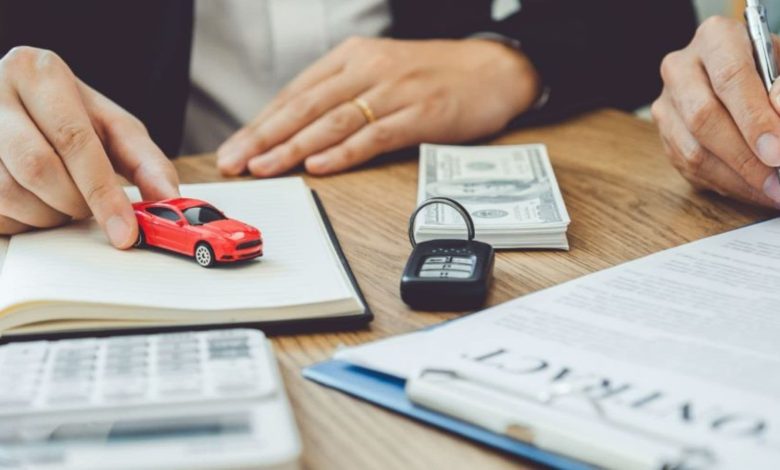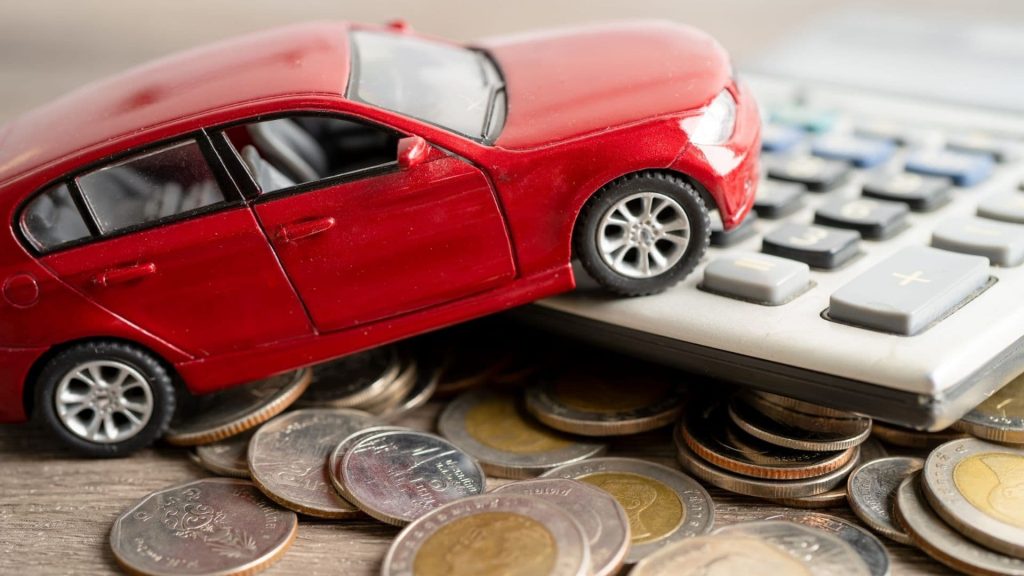
When it comes to buying a new or used car, knowing how to book car or finance payment is crucial for both your financial planning and accurate record-keeping. Whether you’re exploring car finance options like personal contract purchase (PCP), hire purchase (HP), or personal loans, or you need to record your car payment in your accounting system, understanding the process can save you money and hassle. Booking car or finance payments involves choosing the right finance agreement, applying for a loan, making a down payment, and setting up regular monthly payments, all while keeping detailed records for personal or business accounting. This guide will help you navigate everything from selecting a finance plan to automating your payments and keeping your books in order.
What Is Car Finance and How Does It Work?
Car finance is an umbrella term for a range of options that let you borrow money to buy or lease a car, spreading the cost over time instead of paying the full price upfront. Here’s how the process usually works:
- Choose a Finance Option: Decide between PCP, HP, leasing, or a personal loan, based on your budget and preferences.
- Apply for Finance: Submit an application with your details and the car you want. The lender checks your credit history and affordability.
- Sign the Contract and Pay a Deposit: If approved, you’ll sign an agreement outlining your monthly payments, interest, and loan term. An initial deposit is typically required.
- Make Regular Payments: Pay monthly installments for the duration of your agreement, usually between one and five years.
- End of Term: Depending on your agreement, you’ll either own the car, return it, or pay a final “balloon” payment to keep it.

Types of Car Finance
- Personal Contract Purchase (PCP): Lower monthly payments, with the option to buy the car at the end by making a final payment.
- Hire Purchase (HP): Pay a deposit and fixed monthly payments; you own the car once all payments are made.
- Personal Loan: Borrow a lump sum from a bank or lender and pay it back in installments, owning the car from day one.
How to Book or Record a Car Finance Payment
If you’re keeping track of your payments for personal or business accounting, here’s how to book car or finance payment:
- Set Up the Loan Account: Create a loan account in your accounting software for the car loan5.
- Record the Payment: Each month, record the payment as a reduction in your loan balance and a withdrawal from your bank account5.
- Split Principal and Interest: Separate the principal (loan repayment) from the interest portion for accurate records5.
- Automate Transactions: Many accounting programs let you automate recurring payments, saving time and reducing errors5.
- Track Depreciation: For business vehicles, don’t forget to record depreciation as part of your accounting entries.
Example: Recording a Car Loan Payment in Accounting Software
- Date: Enter the payment date.
- Loan Account: Debit the car loan account by the principal amount.
- Interest Expense: Debit the interest expense account by the interest portion.
- Bank Account: Credit your bank account by the total payment amount.
- Memo: Add a note for reference (e.g., “Monthly payment on car loan”)5.

Smart Tips for Managing Car Finance Payments
- Use an Auto Loan Calculator: Estimate your monthly payments and total interest before signing any agreement.
- Set Up Automatic Payments: Avoid missed payments and late fees by automating your monthly installments.
- Review Your Contract: Understand all terms, including early repayment penalties and end-of-term options.
- Keep Records: Maintain digital and paper copies of all contracts, payment schedules, and receipts for future reference.
FAQs
Q: What’s the difference between PCP and HP car finance?
A: PCP offers lower monthly payments with a final balloon payment if you want to own the car, while HP spreads the full cost over fixed payments and you own the car at the end.
Q: How do I record a car finance payment in accounting software?
A: Set up a loan account, then record each payment by splitting the principal and interest, crediting your bank account and debiting the appropriate accounts5.
With this guide, booking car or finance payments is as easy as starting your engine-drive your finances forward with confidence and clarity!